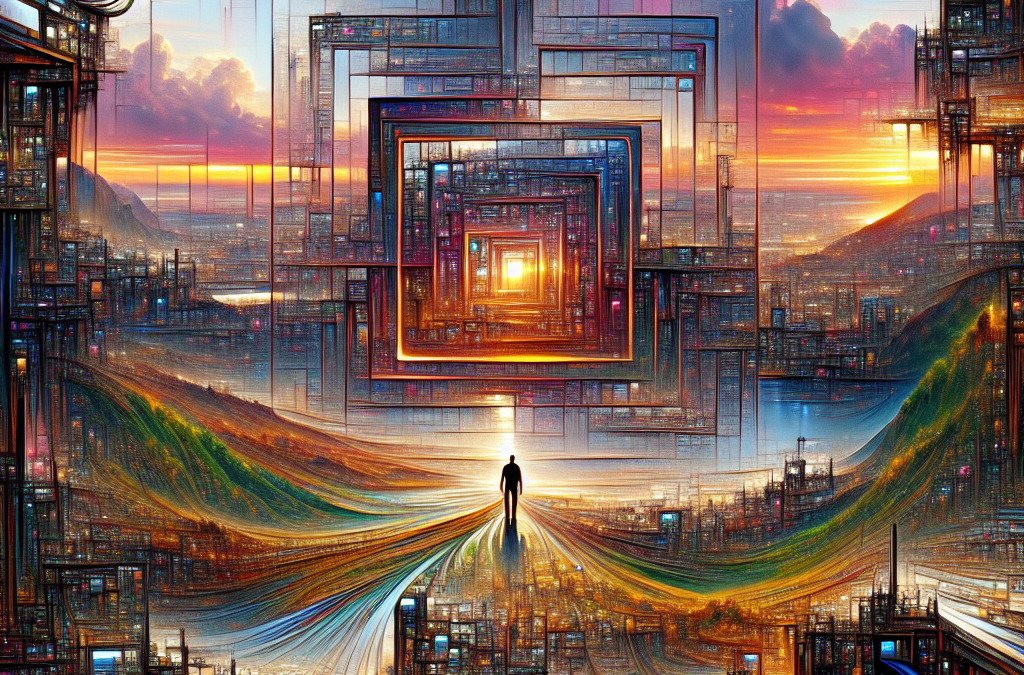By 2025, visual storytelling has evolved beyond static aesthetics and artificial intelligence-generated imagery. The focus is now on creating authentic connections and immersive experiences. This shift is driven by the audience’s preference for content that elicits emotions, rather than the previously favored high-production visuals.
Artificial Intelligence can generate art, but the challenge is to create visuals that establish an emotional connection. Consequently, the way proof, nostalgia, and digital experiences are conveyed is being reshaped.
Five visual storytelling trends have been identified through interviews with the 99designs by Vista community and other marketing experts. According to a 2021 survey by Stackla, 59% of consumers consider user-generated content as the most trustworthy. This has led to a shift from polished, professional-looking visuals to unedited footage that realistically reflects the moment. As a result, current marketing trends focus on employee-generated content and community-centric marketing.
Brands are granting creative control to employees to capture spontaneous and relatable moments. There is also a focus on prioritizing real people and everyday experiences to encourage user-generated content and build communities.
In the realm of design and marketing, the demand for authenticity is reflected through the use of etches and imprints, pen-to-paper and

